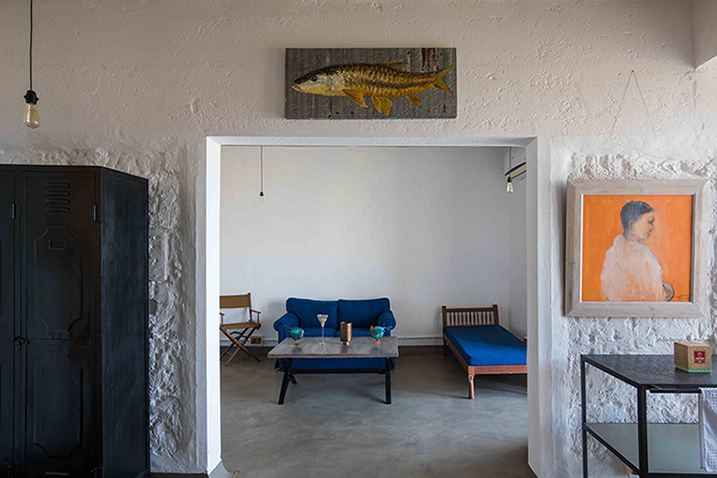
Furniture plays a significant role in crafting out interior design style. When done right, it can create a finished room that feels larger and functions efficiently. Successful planning of a house interior design depends on many parameters: functions, physical limitations, size,
furniture and flow, to name a few.
Determine function. It is wise to think about the activities assigned to a particular room and who will be using it. Questions pertaining to room capacity and residents’ anthropometric requirements need to be taken into account.

Consider ergonomics. If one does not allocate sufficient space for movement, work or
storage, one is left with a beautiful space but one that functions terribly. It rings true for the
other way around as well– if furniture is placed haphazardly, or the spacing is disproportionate, the room loses its cohesiveness.
Make circulation a priority. Movement through zones should be studied carefully. One
should never forget doorways and stairs and allocate enough interior space for circulation
and paths of travel with respect to home interior design
If one has to walk around furniture and fittings, it’s best to take another look at the floor
plan and remove unnecessary stuff or clutter.

Make the home flow. A room should be planned in a manner that allows for smooth flow
within itself, while melding with the other rooms in the house. Organizational flow helps the occupants move naturally through spaces.
Assemble, don’t clutter. Scale and proportion of the furniture is very important during
selection. Scale refers to how the size of an item relates to the size of the room while
Proportion describes the sizes of items with respect to each other. Both of these are
essential to achieve balance. Coordinated distribution of visual weight in a room is ascribed to balance.